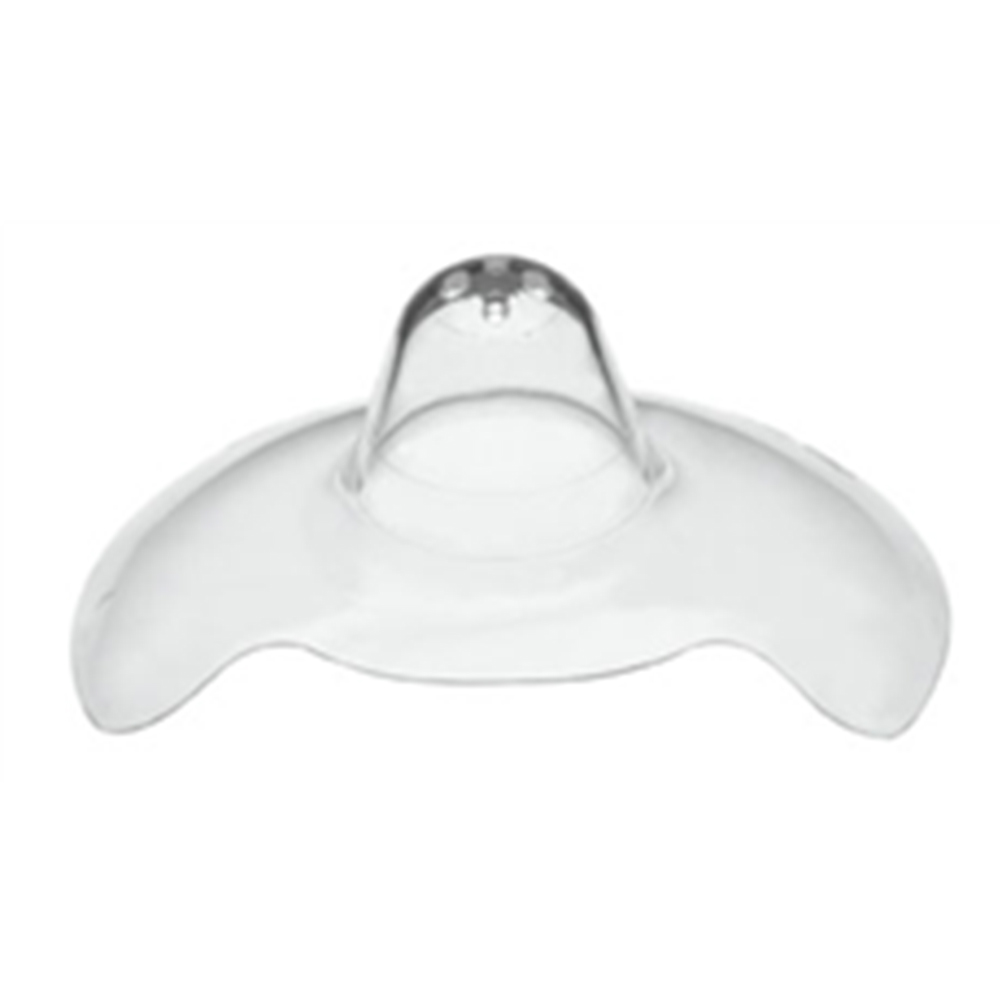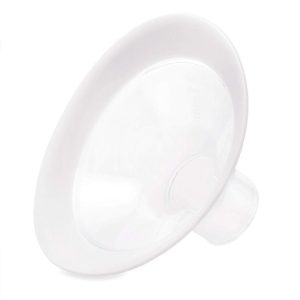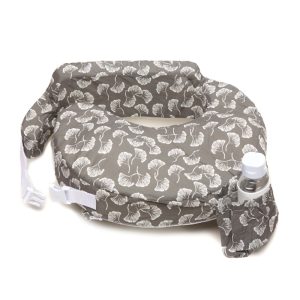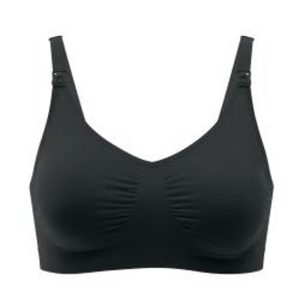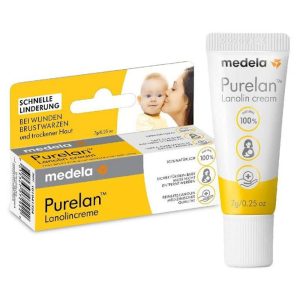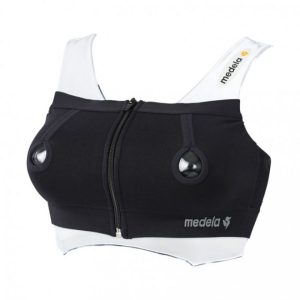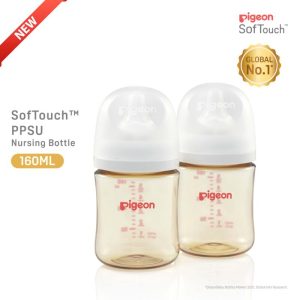Medela Contact Nipple Shields w/ Case, 2-pack (3 sizes)
$26.90
Medela Contact Nipple Shields is an effective tool for professionals and moms to manage infants with latch-on problems, for moms with overactive let-downs or for flat, inverted and sore nipples. Medela Nipple Shields enable continued breastfeeding without interruption until these problems are resolved.
- For latch-on difficulties or flat/inverted nipples: To help continue breastfeeding
- Unique cut-out shape: Allows for more skin contact between mom and baby
- Available in different sizes (16, 20, 24 mm): Consult a lactation professional for assistance
- Made without BPA: All parts that come into contact with breast milk are not made with BPA
- Comes with case
Recommended for babies 0+ months.
Additional information
| Size | 16mm with Case, 20mm with Case, 24mm with Case |
|---|

